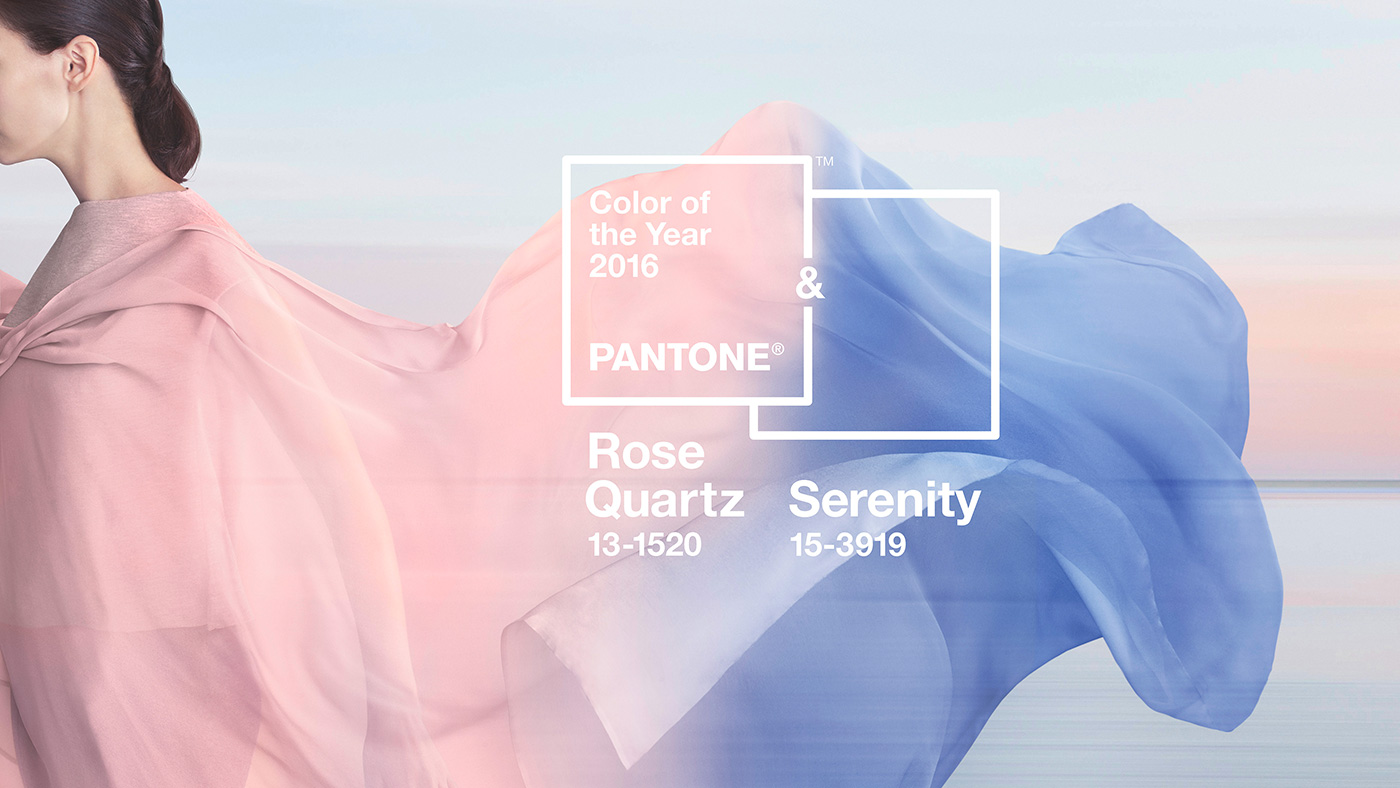The visual trends on the web in 2016 reflect a time when website design is constantly evolving. Designers are exploring new approaches to captivate users and create memorable online experiences. Here's an overview of the prevailing visual trends from that year.
In 2016, websites place particular emphasis on simplicity and clarity. Clean and minimalist designs are gaining popularity. White or neutral backgrounds allow content elements to stand out, while sans-serif fonts make reading easier. Streamlined interfaces provide a pleasant user experience by reducing visual distractions.
Another key element of the visual trends in 2016 is the use of large visuals. Full-screen images and background videos are widely employed to create immersive atmospheres. High-quality visuals instantly grab users' attention and enable them to quickly connect with the website's content.
Web designs in 2016 also place great importance on animation. Smooth transitions, parallax scrolling effects, and subtle movements add interactivity and dynamism to websites. Creative animations help tell a story and guide users through the interface.
Another notable trend is the use of vibrant and bold colors. Websites in 2016 explore bright and contrasting color palettes to draw visitors' attention. Color gradients and sparing use of vivid colors create focal points and give character to a website.
In terms of layout, web designs in 2016 incorporate asymmetrical elements. Unconventional layouts break traditional symmetry and add a touch of uniqueness. Asymmetric grids and unbalanced content arrangements create distinctive and memorable designs.
Finally, typography plays a crucial role in the visual trends of 2016. Designers experiment with bold and customized fonts to add character and personality to websites. Headers and titles are often highlighted with striking typefaces to grab attention.
In summary, the visual trends on the web in 2016 emphasize simplicity, clarity, immersion, animation, color, asymmetry, and bold typography. These combined elements create aesthetically appealing web designs and provide a pleasant user experience. Although these trends emerged in 2016, they continue to influence modern web design, evolving and adapting over the years.
